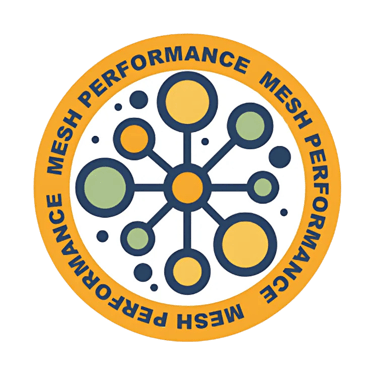The Stages of MASLD: From Fat Build-Up to Liver Scarring (and Why It’s Not Too Late to Act)
It all starts with MASLD, short for Metabolic Dysfunction-Associated Steatotic Liver. In plain terms, this is when fat builds up in the liver. At this stage, there’s little or no inflammation and no signs of significant liver cell damage. The good news? It’s fully reversible with lifestyle changes.
We’ve all joked about a “fatty liver” after one too many takeaways. But what most people don’t realise is that liver disease doesn’t arrive overnight. It creeps in quietly, often unnoticed, and progresses through stages. Think of it as an unwanted subscription you forgot to cancel, slowly draining your health instead of your bank account.
Let’s break down how Metabolic Dysfunction-Associated Steatotic Liver Disease (MASLD) progresses, and why early action makes all the difference.
From Fat Build-Up to Inflammation: MASL and MASH
It all starts with MASLD, short for Metabolic Dysfunction-Associated Steatotic Liver. In plain terms, this is when fat builds up in the liver. At this stage, there’s little or no inflammation and no signs of significant liver cell damage. The good news? It’s fully reversible with lifestyle changes.
But if those changes don’t happen, about 20% of people with MASLD will develop MASH, the aggressive form of the disease. MASH involves liver inflammation and stressed, damaged liver cells, often alongside scarring called fibrosis.
Why is this a big deal? Because MASH is the driver of more serious complications, including cirrhosis (advanced scarring) and liver cancer. The earlier we can spot and treat MASH, the better the chances of stopping progression.
The Real Problem: Liver Fibrosis
Fibrosis is the medical term for scarring in the liver. And it’s not a minor issue. The more fibrosis you have, the higher your risk of serious problems. Here’s how it’s staged:
F0: No scarring
F1: Mild fibrosis
F2: Moderate fibrosis, but your liver is still working well
F3: Advanced fibrosis , serious damage and higher risks
F4: Cirrhosis , extensive scarring, a disrupted liver structure, and a real risk of liver failure
Key fact: Fibrosis is the strongest predictor of who will develop serious liver-related issues. It matters more than the amount of fat in your liver or even whether inflammation is present.
The silver lining? Fibrosis, particularly at F0 to F2 (and sometimes F3), isn’t a one-way street. With weight loss, targeted nutrition, and other interventions, the liver can repair itself.
How Do We Check for Fibrosis?
While liver biopsy used to be the only option, newer non-invasive tests (NITs) now make it easier to assess fibrosis. These include:
Fibrosis-4 (FIB-4) and NAFLD Fibrosis Score (NFS) , blood test calculators
FibroScan® , a quick, painless scan to measure liver stiffness
Enhanced Liver Fibrosis (ELF) blood test
Magnetic Resonance Elastography (MRE) , a highly accurate imaging scan
These tests help identify people at risk and prioritise those who need intensive support, while sparing others from invasive procedures
Summary
MASLD isn’t a fixed sentence. It’s a spectrum , from simple fat build-up to severe scarring. The earlier you catch it, the easier it is to turn things around. And yes, if you’ve been living off “grab and go” meal deals and think it’s all fine because you feel okay, consider this your friendly warning.
Book a proper review. Get a FibroScan®. Take control while you still can.
How can I help you?
If you’d like expert, tailored support, book a consultation today at The Liver Nutrition Clinic. I’m Bally Parekh, MSc RD, Specialist Liver Dietitian, and I’d love to help you stay stronger for longer.
How can we help
At MESH Performance, Specialist Liver Dietitian Bally Parekh MSc. RD provides evidence-based nutrition support for those living with liver conditions. Our approach focuses on:
Sarcopenia and frailty assessments
Maintaining and rebuilding muscle to reduce the risk of frailty and malnutrition
Implementing targeted dietary strategies to support overall well-being and quality of life
Optimising nutrition to prevent deficiencies and support energy level
Managing a liver condition comes with challenges, but the right nutrition can make a real difference. We're here to provide practical support—let’s get started.





